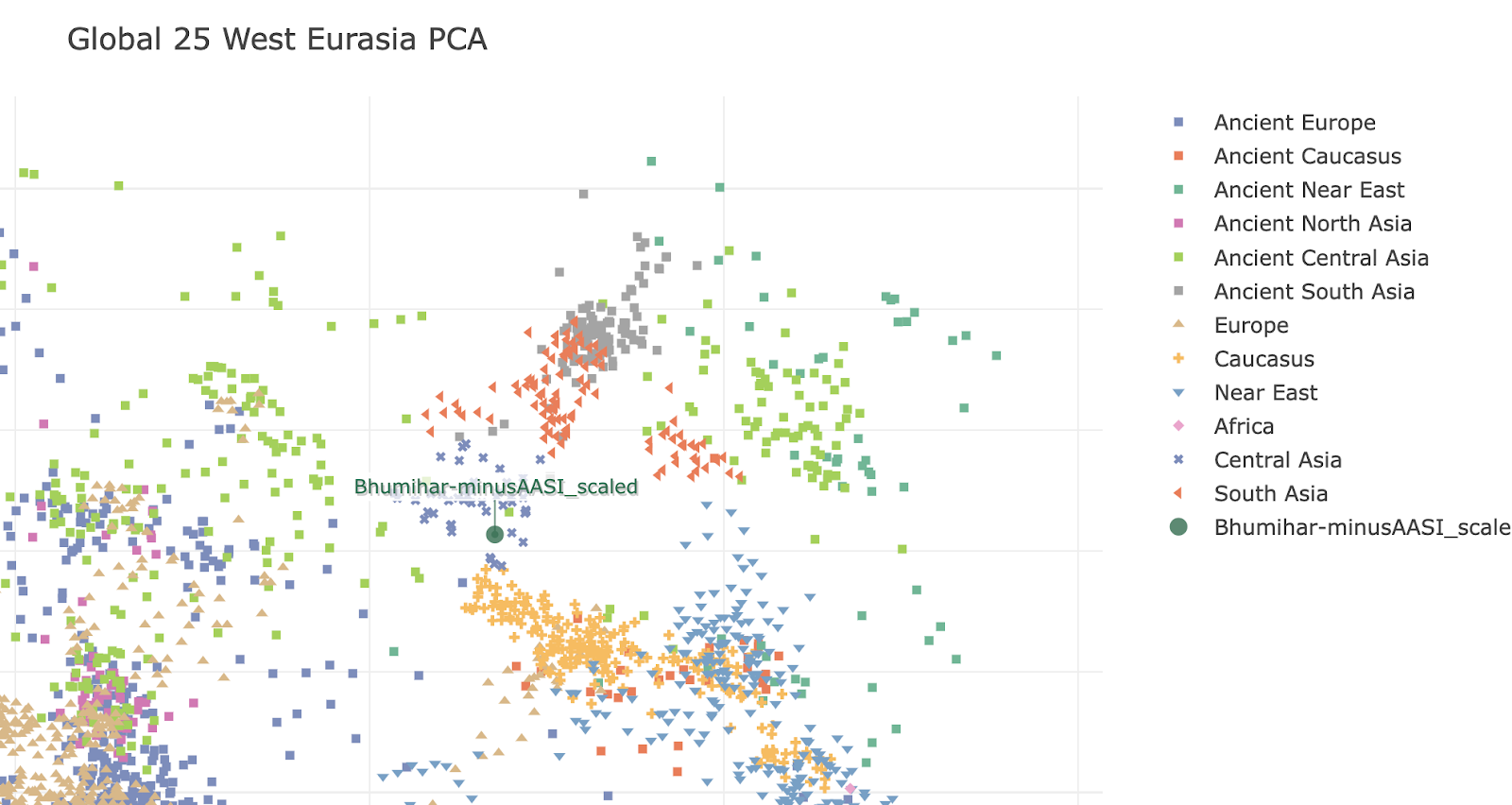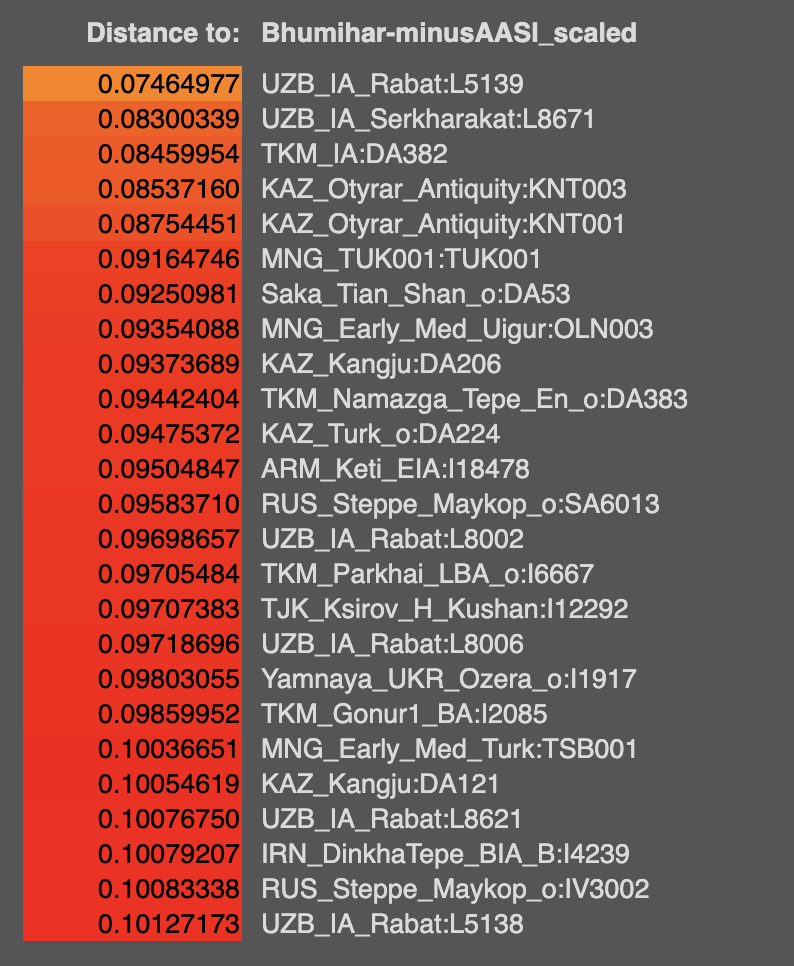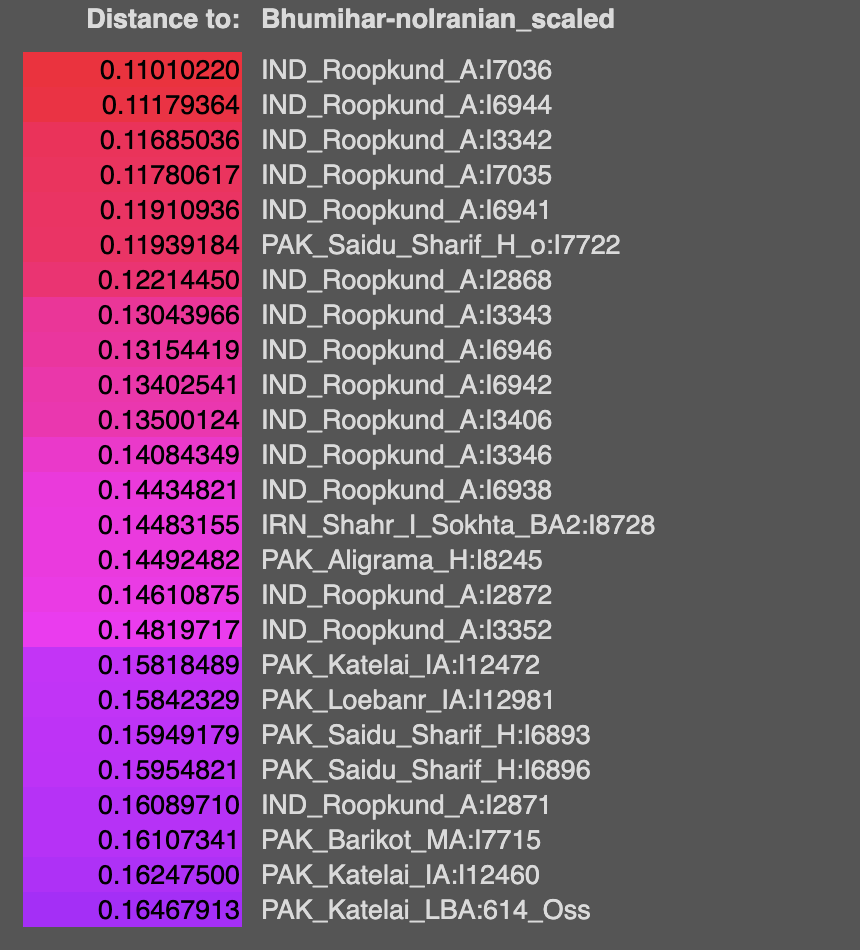ABSTRACT
Bracketed by the Zagros, Hindukush, Altai, and Himalaya Mountains, Central Asia was a likely a migration route for early people moving into North and East Asia. Because of its central geographic setting, the area also channeled cultural and technological influences and exchange between adjoining regions in early prehistory. In this paper we analyze techno-typological characteristics of stone tool assemblages assigned to Early and Late Epipaleolithic industries from two key archaeological sites in Tajikistan – Tutkaul and Obi-Kiik. We compare –these industries with preceding Upper Paleolithic assemblages from the same region, as well as with cultural entities from the Levant and Zagros which share technological traits. Our study reveals key similarities, suggesting that the Tutkaul and Obi-Kiik techno-complexes belong to a single Epipaleolithic culture – which we refer to as the Tutkaulian – split into a three-stage developmental sequence. We argue that the Tutkaulian, defined by bladelet-based primary reduction and an abundance of geometric microliths, with a chronological progression from trapeze-rectangle to lunate forms, has its origins in the local Upper Paleolithic culture (Kulbulakian) emerging through repeated episodes of cultural exchange with earlier or synchronous Levantine and Zagros industries.
https://www.sciencedirect.com/science/article/abs/pii/S104061821830199X

















